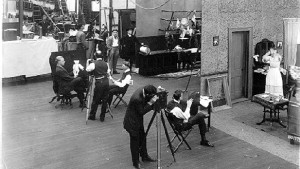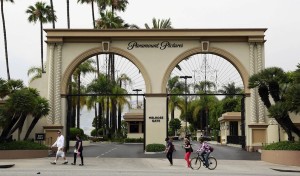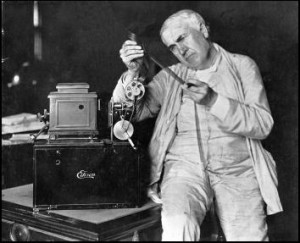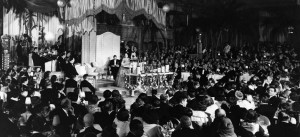Thomas Edison started the first production studio in the United States. He would produce small films that were later distributed to various theaters. However, he did not have a solid distribution system. Later on, other companies such as universal pictures took up the mantle to create a complete film ecosystem. This led to huge profitability that has defined film in the United States and around the world for many decades since.

Progression
During the middle of the twentieth century is when the film industry really took off. Huge film studios were built. In addition, huge walls surrounded these facilities. This was an effective way to keep paparazzi out of the way. At this time is when the paparazzi in this era also took off in a major way. This was in part due to the evolution of the camera. At the same time, it allowed film production companies to protect their content. It would have been very easy for a company to steal an idea and hastily produce a film from it.
At the same time, some proprietary film production techniques were is development. Companies did not want their secrets being leaked to rivals. Another reason for this walls was that it allowed for better noise control . Vehicles in that era were quite noisy. This could complicate the production of audio using the equipment of the time. Production studios also use many lights. These bright lights could be considered a nuisance, which could lead to conflicts with the authorities.

Today
The use of film studios continues to exist up to now. However, most companies have reduced the amount of space they hold. For instance, Century City used to be owned by 20th Century studios before they sold it off as real estate. However, technology has brought a revolution in film production.
Most studios now rely on CGI to create some of the amazing effects we can see in the films of today. However, they retain huge chunks for when they need to do some films that require physical space.
Some More Advantages of Studio
For one, studio reduces the complexity of logistics planning. Getting actors to a physical location will increase the amount of production time. For instance, taking actors into a jungle could expose them to nefarious illnesses. They could catch a bug or are attacked by something that destroys their career. Natural lighting can also be a problem for some actors; it may mean that they have to squint through the scenes. This can distract them from being able to communicate through facial expressions. So using a combination is sometimes employed, such as movies shooting in South Beach for the beach scenery and than utilizing a film studio in Miami to finish the interior set shoots.
Studio production can also be quite cheap. This can be measured in terms of equipment. Transporting equipment to the location will mean some of it is lost or damaged. This leads to further costs for the film. Besides that, the weather has been of late very unpredictable. A sunny, cloudless day could suddenly turn very dark and wet.
Shooting on Location
This does have its advantages. With a bit of editing, it can lead to some very great scenes. For instance, the film The Revenant’, which won Leonardo Dicaprio his first Oscar, was shot on location. Everything was done using natural lighting. This led to some of the best scenes in filmography in a while that were not CGI.
Why Are All Films Not Shot On Location
Lately, there has been a trend towards shooting on location. Sometimes filmmakers do this because they want to make film real to their viewers. However, this may not always be possible. Some films require the creation of scenes that only exist in the filmmaker’s mind .For instance, the movie Avatar would have proven quite challenging to make on location. It would have brought to the fore the vision of Cameron’s Pandora to the fore.
Conclusion
The main reason film has been moving to on location shooting is that filmmakers want to connect with their audience. However, there is a need to recognize this will not always work out. As pragmatism sets in, most high-budget filmmaking will move back to the studios. Studio film production is the only way to balance economics and fulfilling customers’ appetite. Production studios allow film companies to produce films and make a profit to produce the next film.




